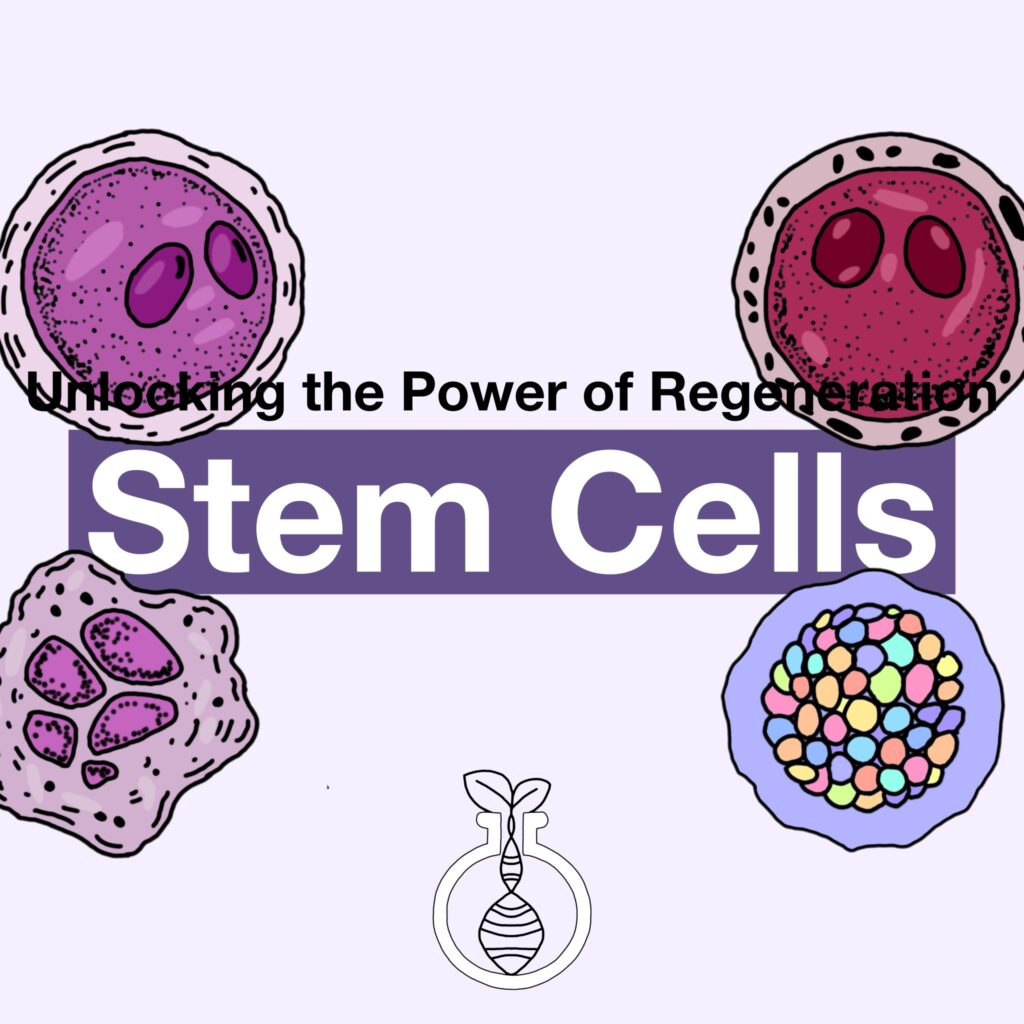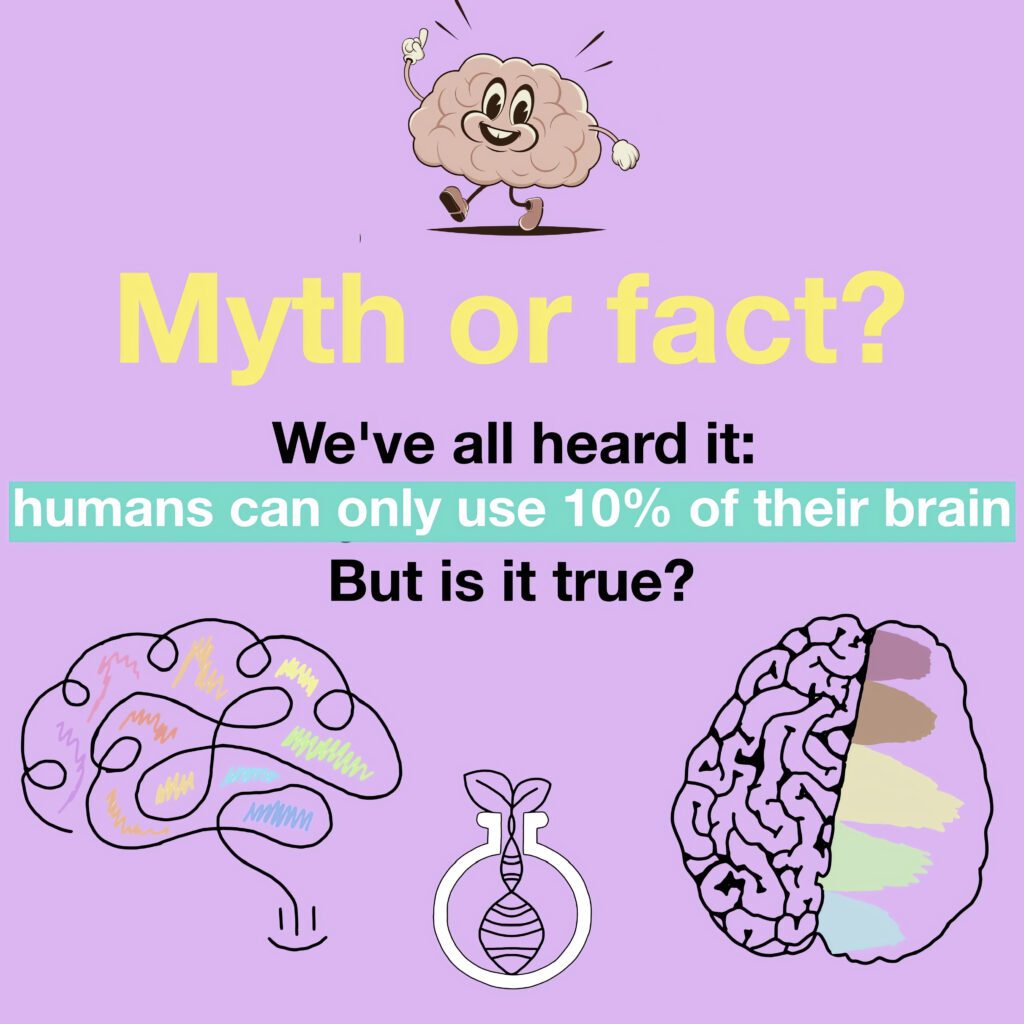Picture Earth as a giant, interconnected web of life—plants, animals, insects, and microbes all relying on one another in a delicate balance. Now imagine someone tugging at one of the strings, slowly but surely unravelling that intricate network. This is what climate change is doing to our planet’s biodiversity, and the consequences are as alarming as they are widespread.
You can find some of the climate change sketches in this article and discover much more through the link here
A Warming World: The Shifts in Ecosystems
As the planet’s temperature rises, ecosystems—those finely tuned systems of life—are being thrown out of sync. Think of coral reefs, often referred to as the “rainforests of the sea,” vibrant ecosystems teeming with life. Warming oceans are causing these reefs to bleach, turning once-thriving underwater worlds into barren deserts, leaving countless marine species homeless.
Forests, wetlands, tundras—no habitat is untouched. Rising temperatures and shifting weather patterns are driving species to migrate to cooler climates, forcing animals and plants into new, unfamiliar territories. But not all can adapt. Species that once thrived are now struggling, and as ecosystems crumble, biodiversity—the very foundation of life—is threatened.


The Alarming Rate of Extinction: A Modern Crisis
We are living through the sixth mass extinction, and it’s happening at an unprecedented rate. Scientists estimate that species are now going extinct 1,000 to 10,000 times faster than the natural background rate. Climate change is one of the primary culprits, alongside habitat destruction and pollution.
As habitats change or disappear, so too do the creatures that call them home. Polar bears are losing their icy hunting grounds, amphibians are succumbing to diseases exacerbated by warmer climates, and insects—tiny as they are—are vanishing at an alarming rate, which spells disaster for pollination and food chains.
The intricate dance of biodiversity, where every species plays a part, is faltering. Each lost species weakens the resilience of ecosystems, making them more vulnerable to collapse.


Species on the Brink: Will They Adapt or Disappear?
Evolution is nature’s tool for survival, but climate change is moving faster than many species can adapt. While some, like certain birds and insects, have been able to shift their range or alter their behavior, many species are simply running out of time.
Take the Adélie penguin, whose icy Antarctic home is melting away. They can’t simply move to cooler climes—their entire ecosystem is disappearing beneath their feet. Similarly, coral reefs, which support 25% of all marine life, are facing near total destruction if current trends continue.
Species like these are canaries in the coal mine, showing us that without immediate action, entire ecosystems could vanish.


What Are Scientists Doing to Protect Biodiversity?
While the situation is dire, efforts are being made to protect biodiversity and mitigate climate change’s impact. Conservationists are creating wildlife corridors to help species migrate, and scientists are working on assisted evolution, where they help speed up the natural selection process for certain species.
Another innovative strategy is habitat restoration, where degraded ecosystems are rebuilt to support wildlife again. Protecting biodiversity hotspots—areas with high species diversity—is also a key focus, with organizations working to preserve and expand protected areas.
However, the ultimate goal is to address the root of the problem: climate change itself. Reducing carbon emissions, shifting to renewable energy, and protecting natural carbon sinks like forests and oceans are all critical to slowing the planet’s warming and giving biodiversity a fighting chance.


A Call to Action: Protecting the Web of Life
Climate change isn’t just a crisis for polar bears or rainforests—it’s a crisis for all life on Earth. Every string in the web of biodiversity that breaks weakens the whole system, and eventually, humanity will feel the consequences. But it’s not too late to act. From individual efforts to large-scale policy changes, there is still time to protect the planet’s incredible diversity of life.
Together, we can keep the web of life strong. But the time to act is now.




My name is Ali Emre Cabadak, a dedicated biology enthusiast currently pursuing my studies at Marmara University, where I am majoring in Bioengineering. As a passionate advocate for scientific discovery and innovation, I am the founder of Biologyto. My goal is to bring the wonders of biology closer to everyone and inspire a new generation of thinkers and innovators. Through Biologyto, I aim to write scientific articles that delve into the fascinating world of biology, sharing insights and discoveries that inspire curiosity and innovation.





